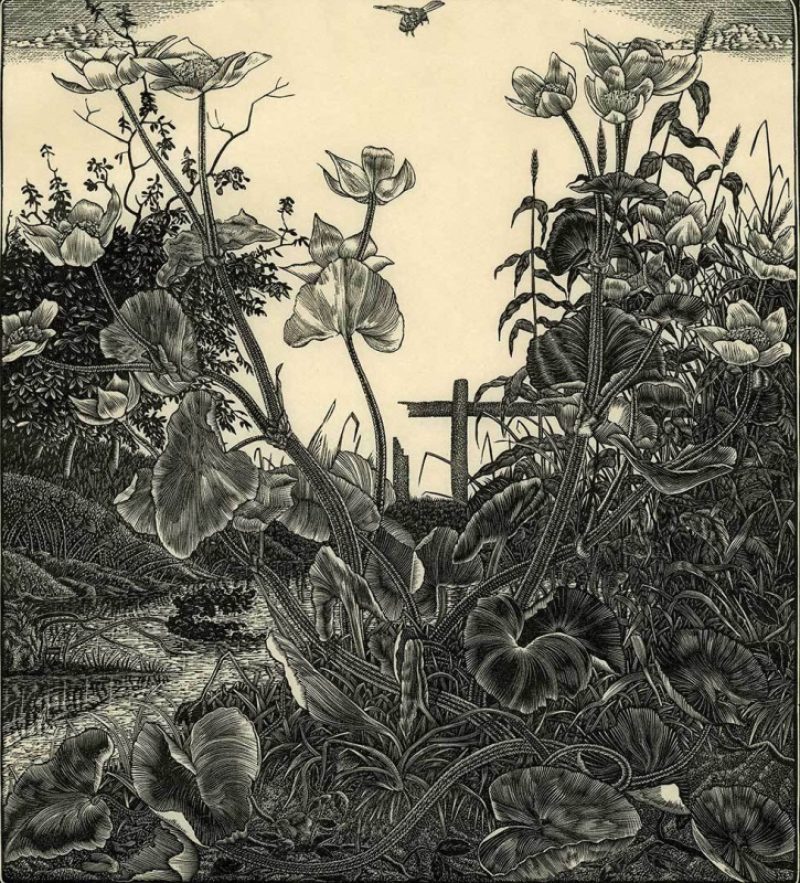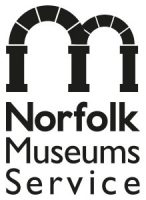Exhibition archive
‘to watch the corn grow, and the blossoms set’
The art of Claughton Pellew (1890-1966)
- Until Spring 2017
- Castle Museum, Norwich
- Free for EAAF Members - if you're not a member and would like to attend this event Join Now.
2016 marks the fiftieth anniversary of Claughton Pellew’s death.
Now little known outside a circle
of devoted connoisseurs, Pellew studied at the Slade School of Art, right in
the centre of a thriving avant-garde artistic community which included David
Bomberg, Dora Carrington, Mark Gertler, Paul Nash, CRW Nevinson, Ben Nicholson,
Stanley Spencer and Edward Wadsworth. At
the time Pellew was already known for his love of nature and rural subjects,
his good friend Paul Nash writing: ‘he had a deep love for the country,
particularly for certain of its features, such as ricks and stooks of corn.’
After the First World War, Pellew married Kechie Tennent, a fellow artist and former Slade student, and they moved to Norfolk, first to Overstrand, then to Southrepps. Here Pellew found a degree of solace in the rhythms of nature and agriculture, subjects far removed from machinery and technology, which had made the First World War more lethal than any previous conflict. He painted and drew in oil and watercolour, but chose wood engraving as his principal medium in the 1920s. This choice has been linked to an interest in the crafts of pre-industrial society. His wood engravings are exquisite compositions of white, grey and the most intense velvety black.
- Marsh Marigolds
- Claughton Pellew
- Wood engraving
- © The Artist's Estate

